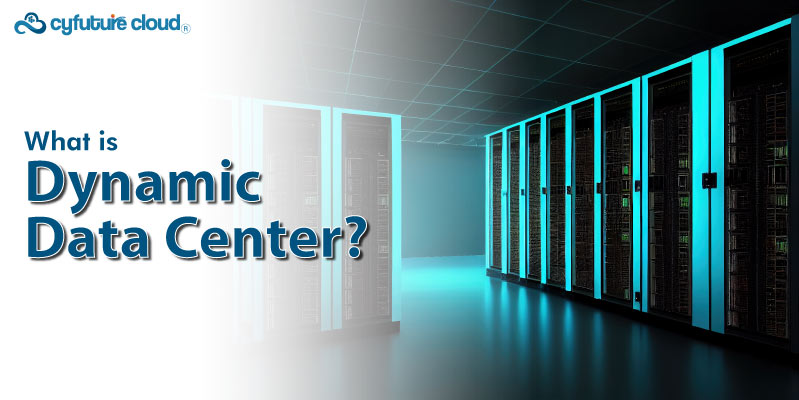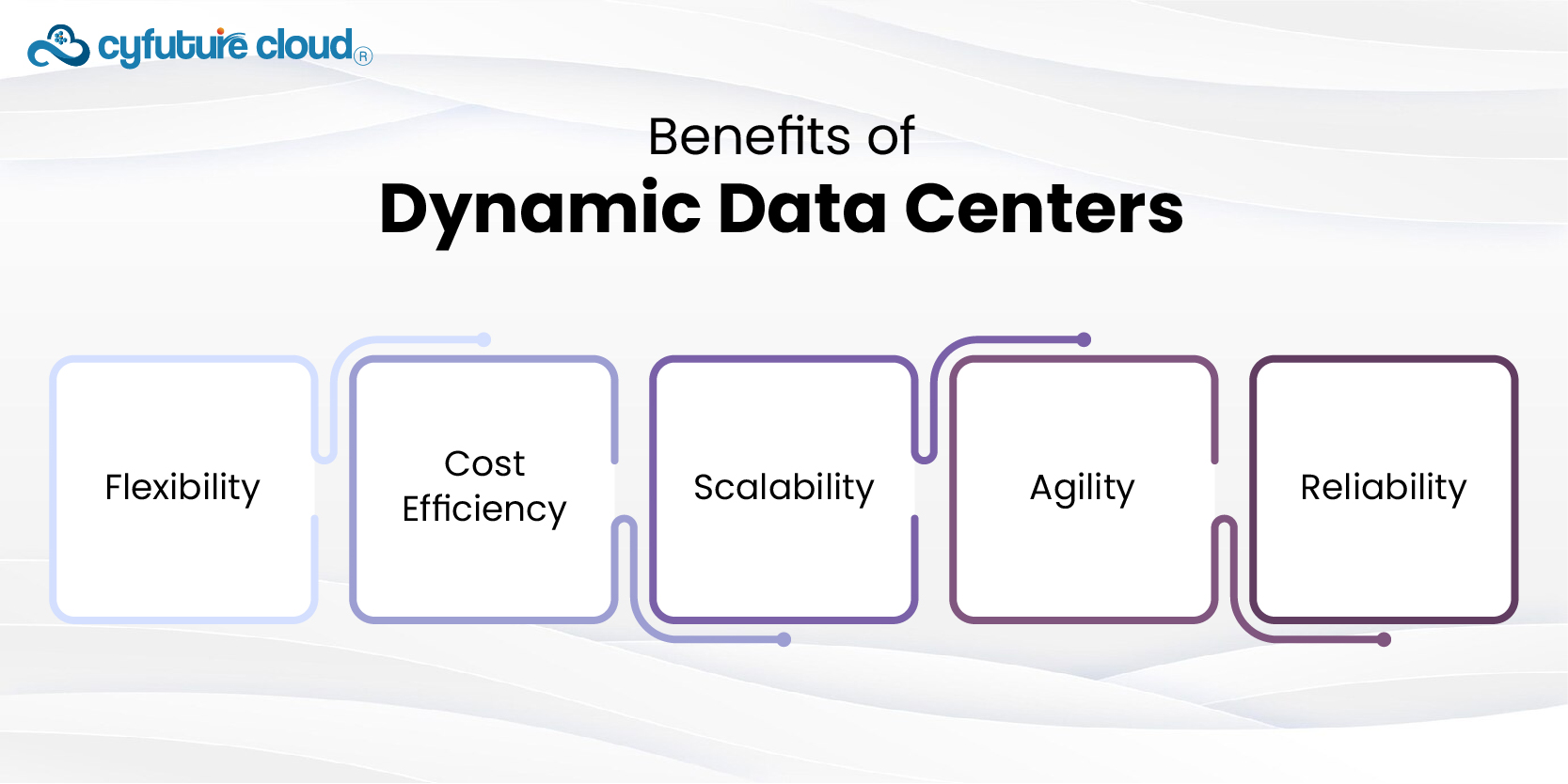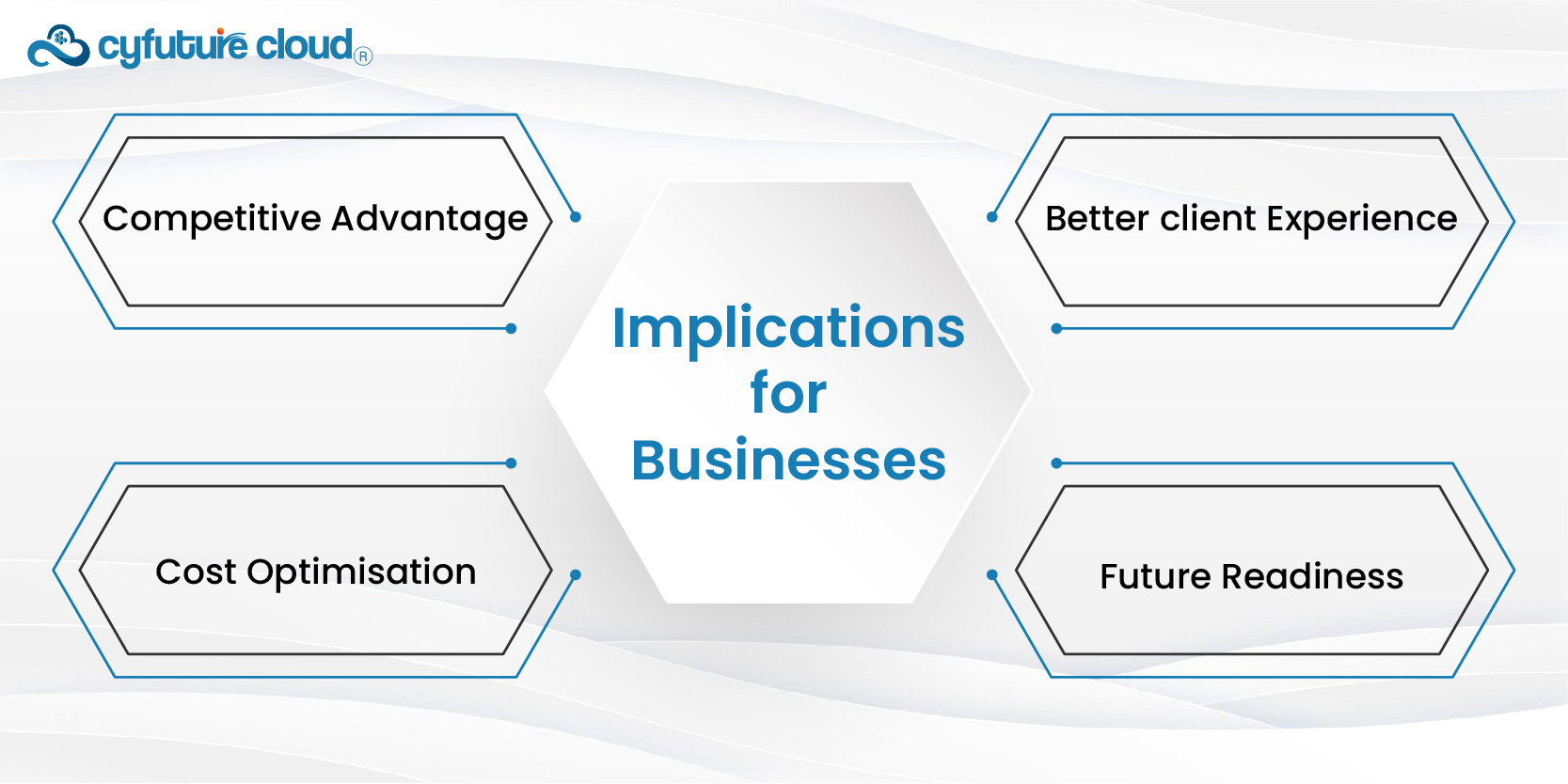 Server
Colocation
Server
Colocation
 CDN
Network
CDN
Network
 Linux Cloud
Hosting
Linux Cloud
Hosting
 VMware Public
Cloud
VMware Public
Cloud
 Multi-Cloud
Hosting
Multi-Cloud
Hosting
 Cloud
Server Hosting
Cloud
Server Hosting
 Kubernetes
Kubernetes
 API Gateway
API Gateway


Contemporary infrastructure solutions, such as dynamic data centers and dynamic cloud infrastructure, are engineered to seamlessly evolve alongside the dynamic needs of businesses in the digital era. They provide a diverse array of computing resources renowned for their adaptability, scalability, and agility, all achieved through the integration of state-of-the-art technologies.
The goal of this knowledge base is to explore the complexities of dynamic data centers and dynamic cloud infrastructure, illuminating their essential elements, benefits, and effects on enterprises.
A dynamic data center's agility, responsiveness, and immense versatility make it comparable to the Swiss Army knife of IT infrastructure. Consider it as a high-tech conductor of an orchestra, arranging a symphony of computer resources through automation, orchestration, and virtualization. Dynamic data centres are capable of real-time resource adjustments based on workload needs, unlike traditional static data centres that require continual human involvement.
Dynamic data centres are built on virtualization, which provides an advanced way to abstract physical hardware resources into virtualized instances. Numerous advantages, such as increased flexibility, efficiency, and resource utilisation, are made possible by this abstraction. Virtualization guarantees excellent performance and allows for smooth flexibility to changing demands by separating software from the underlying hardware.
Automation is a key component of dynamic data centres, transforming the environment by automating repetitive processes. Automation adds accuracy and efficiency to operations across provisioning, deployment, setup, and monitoring. Workflows that are automated reduce human error and maintain uniformity throughout the infrastructure, which boosts output and dependability.
In the dynamic data centre ecosystem, orchestration is essential to the coordination of different components. Administrators may create and enforce processes, regulations, and service-level agreements (SLAs) using powerful orchestration platforms. This orchestration ensures optimal performance and resource utilisation by automating complicated processes and allocating resources optimally based on workload needs.
One feature that sets dynamic data centres apart is scalability, which allows for easy adjustment in response to changing workload needs. Dynamic data centres easily grow or contract to meet changing demands, whether by horizontal scaling—which involves adding additional hardware resources—or vertical scaling, which involves expanding resources inside already-existing hardware. Because of its scalability, IT infrastructure is guaranteed to continue being responsive and able to seamlessly meet changing requirements.
As a fundamental component of dynamic data centres, resilience supports fault tolerance and high availability. Dynamic data centres reduce the chance of downtime and data loss by using redundant components, data replication, and disaster recovery techniques. By protecting important activities and data, this resilience fosters trust in the dependability and continuation of services.

Organisations can quickly adjust to evolving business requirements and technological improvements thanks to dynamic data centres. This freedom results from virtualization, which separates software from underlying hardware.
Because of this, resources may be instantly assigned, transferred, and modified to satisfy changing demands. Dynamic data centres offer unmatched agility, allowing organisations to remain adaptable and competitive in dynamic market environments—whether it's scaling up to handle rising workloads or reconfiguring resources for new applications.
One of the key advantages of dynamic data centres is their ability to maximise resource utilisation and automate administrative tasks, which lowers costs and increases return on investment (ROI). Organisations can save unnecessary expenses by dynamically allocating their resources based on workload needs, hence preventing over- or under-provisioning.
By simplifying operating operations, automation also reduces the need for manual intervention and personnel costs associated with infrastructure management. All things considered, by maximising the return on their IT investments, dynamic data centres help organisations become more cost-efficient.
Dynamic data centres are incredibly scalable, enabling companies to handle changing workloads efficiently without over- or under-provisioning resources. With either vertical scaling—which adds resources inside the hardware that already exists—or horizontal scaling—which adds more hardware resources—dynamic data centres may readily expand or contract to meet changing demand.
To remain flexible and continuously meet changing requirements, businesses that encounter seasonal peaks, unforeseen traffic spikes, or rapid development need to be able to expand their IT infrastructure.
The automation and orchestration features that dynamic data centres offer enable IT teams to react quickly to changes, roll out apps more quickly, and introduce new services more successfully. IT personnel may accelerate innovation and time-to-market by focusing on more strategic efforts by automating regular processes like provisioning, setup, and monitoring.
Moreover, orchestration systems provide the easy coordination of complex tasks, ensuring consistency and reliability throughout the infrastructure.
Dynamic data centers, fortified with robust resilience and redundancy mechanisms, mitigate the likelihood of data loss and service interruptions while upholding high availability and uninterrupted business operations. These data centers employ redundant components, implement data replication, employ failover strategies, and utilize disaster recovery methods to shield critical systems and data from cyberattacks, natural disasters, and hardware failures.
By ensuring consistent availability and dependable operations, dynamic data centers cultivate loyalty and trust among partners, clients, and stakeholders.
With the Dynamic Data Centre Toolkit for Hosting companies, a free, expandable toolkit that enables hosting companies to offer managed services and virtualized IT infrastructure to their clients, Microsoft enables hosting providers to offer dedicated host services.
Detailed instructions for creating a virtualized infrastructure that scales quickly.
Best practices and an example of code
promotional materials to aid in the promotion and sale of managed services
You may deploy services developed on Microsoft Windows Server 2008 Hyper-V and Microsoft System Centre using the Dynamic Data Centre Toolkit for Hosting Providers. The toolkit also includes instructions on how to build portals that allow users to directly deploy, manage, and watch over their infrastructure, as well as how to set up suitable service level agreements (SLAs).The best practices and technical recommendations for implementing the Dynamic Data Centre Toolkit for Hosting Providers are covered in this section.

Competitive Advantage: By speeding up innovation, reducing time to market, and increasing agility, adopting dynamic data centre solutions helps companies stay one step ahead of the competition.
Better client Experience: Through quicker service delivery, enhanced performance, and continuous availability, dynamic data centres' agility and dependability result in better client experiences.
Cost Optimisation: Dynamic data centres assist companies in maximising their IT expenditures and achieving greater cost efficiency by automating monotonous processes and optimising resource utilisation.
Future Readiness: Dynamic data centres serve as the cornerstone for future-proofing IT infrastructure and facilitating changing business requirements as enterprises embrace digital transformation projects and adopt emerging technologies.
To sum up, dynamic data centres provide enterprises the flexibility, scalability, and efficiency needed to prosper in the fast-paced digital world of today. They represent a paradigm change in IT infrastructure management. Organisations may seize new chances for innovation, expansion, and competitive advantage by using virtualization, automation, and orchestration technology.

Let’s talk about the future, and make it happen!
By continuing to use and navigate this website, you are agreeing to the use of cookies.
Find out more


